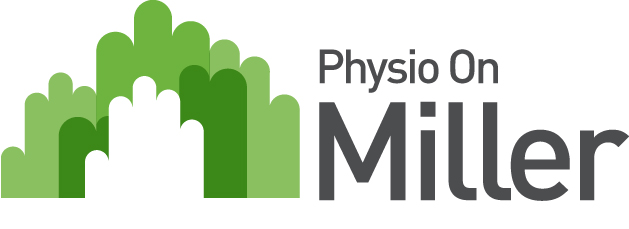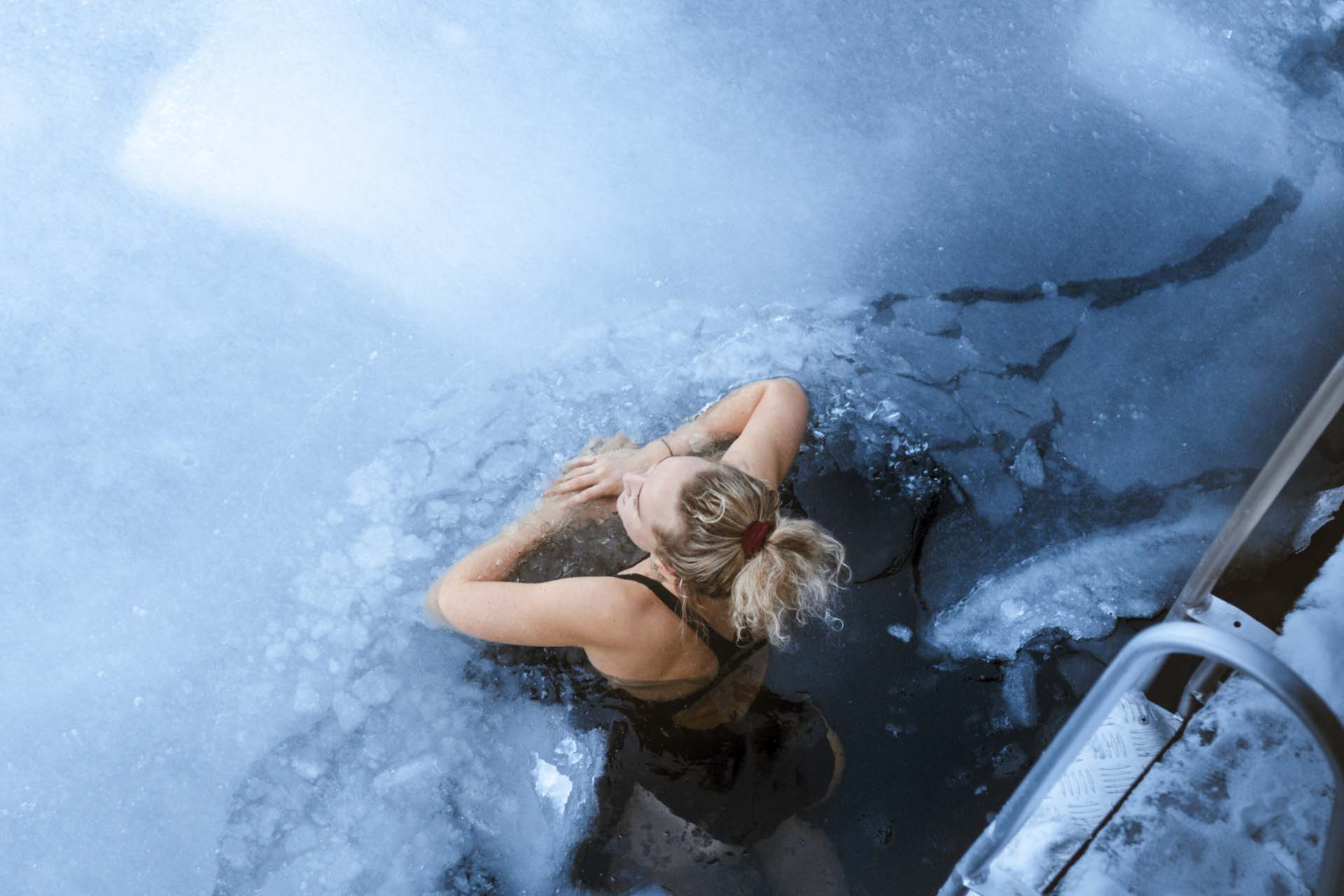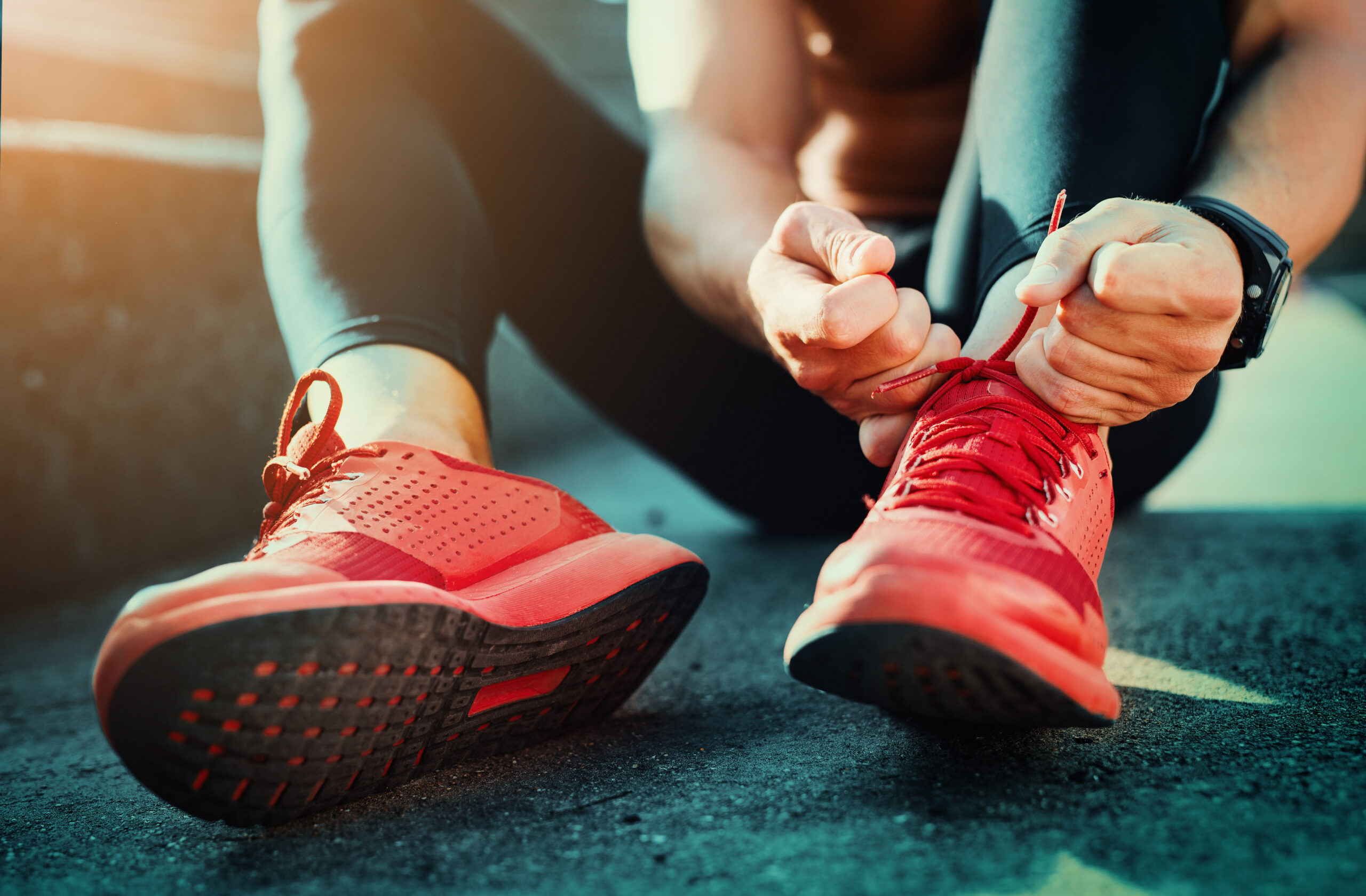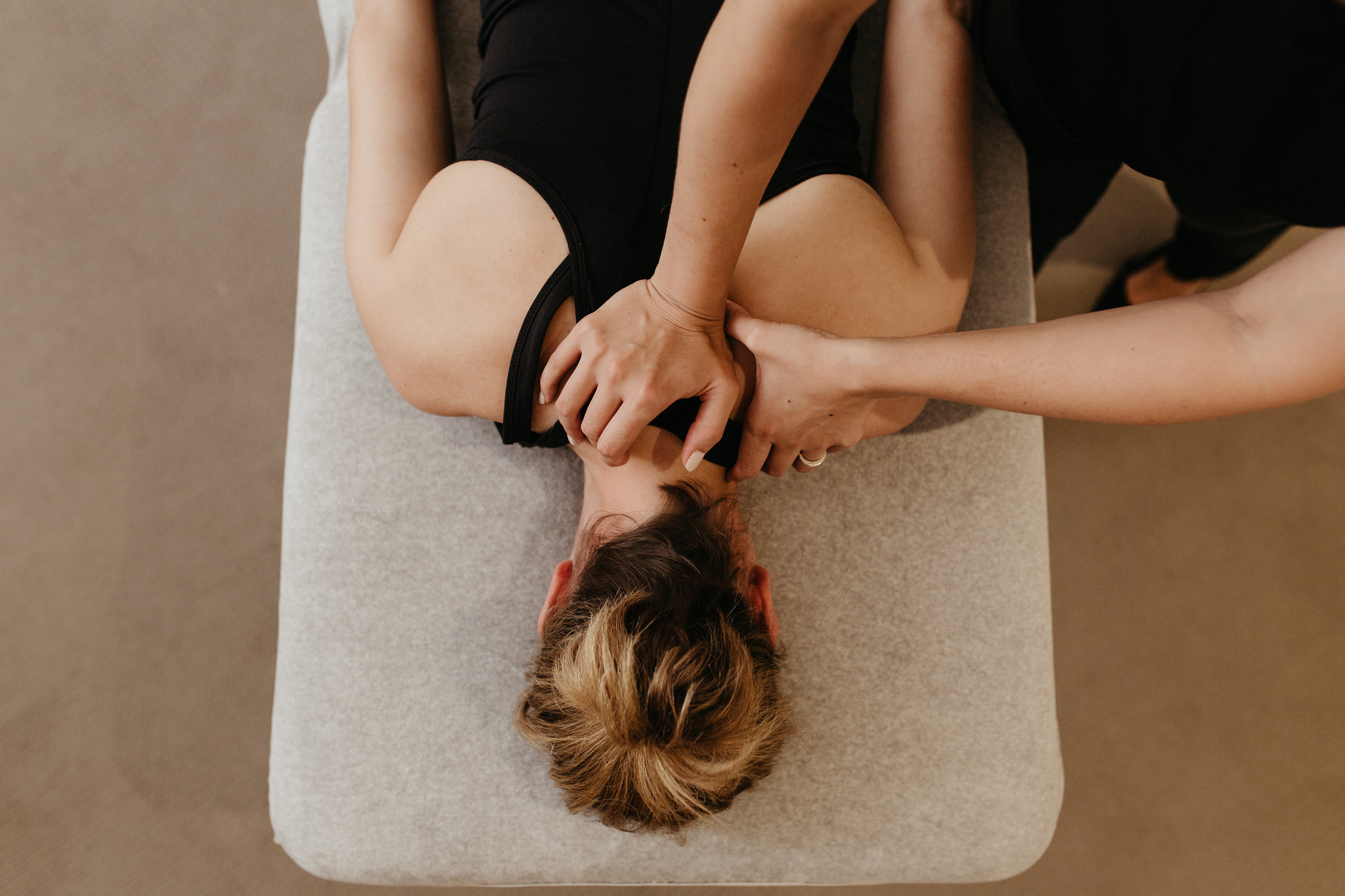Maximise Injury Rehab and Sports Performance with Ice Baths: A Guide from Your Physiotherapy Experts
Ice baths, or cold water immersion, have become a staple in sports recovery and injury rehabilitation. At Physio On Miller, the science behind this effective method supports recovery and can complement your physiotherapy to enhance both injury rehab and sports performance.
1. Combat Inflammation and Swelling
One of the most significant benefits of cold water immersion is the ability to reduce inflammation and swelling. When you experience an injury or engage in intense physical activity, inflammation can impede healing and exacerbate pain. Ice baths work by constricting blood vessels and reducing blood flow to the injured area. Furthermore this which minimises swelling and alleviates discomfort. Incorporating this complementary method into your rehab routine, as guided by your physiotherapist, can accelerate recovery and ease the pain associated with injuries.
2. Accelerate Muscle Recovery
Athletes and active individuals often turn to ice baths to enhance muscle recovery. During and after intense exercise, muscles can become sore and stiff due to the accumulation of metabolic waste products like lactic acid. However, ice baths help flush out these byproducts, reduce muscle soreness, and speed up the recovery process. By integrating it into your post-exercise regimen, your physiotherapy plan can more effectively address muscle fatigue and ensure quicker returns to training.
3. Prevent Injuries with Regular Use
Regular ice baths can be a proactive measure for injury prevention. By managing muscle inflammation and improving recovery times, you can reduce the risk of overuse injuries and strains. A consistent cold water immersion routine, tailored by your physiotherapist, helps maintain optimal muscle function and flexibility, which is crucial for preventing injuries during high-intensity activities.
Best Practices for Ice Bath Integration
For effective use, aim for ice baths of 10 to 15 minutes at a water temperature between 10°C to 15°C. Ideally, use cold water immersion within 30 minutes post-exercise or injury. It’s essential to consult with your physiotherapist to integrate ice baths into your treatment plan effectively and address your unique recovery needs.
Our team of physiotherapy experts can guide you on how to incorporate ice baths into your rehabilitation and prevention strategy. Contact us today or book online to learn how this powerful recovery tool can complement your personalised physiotherapy treatment plan.





